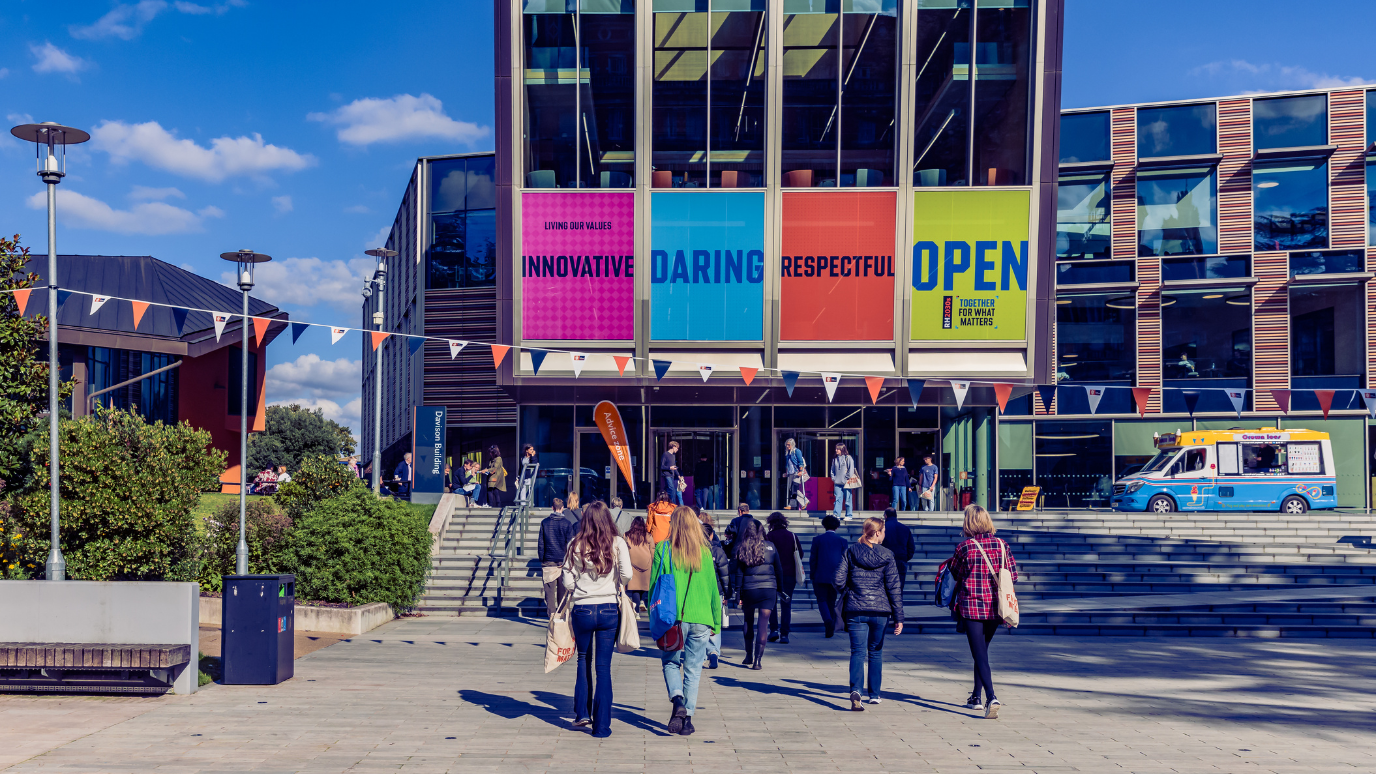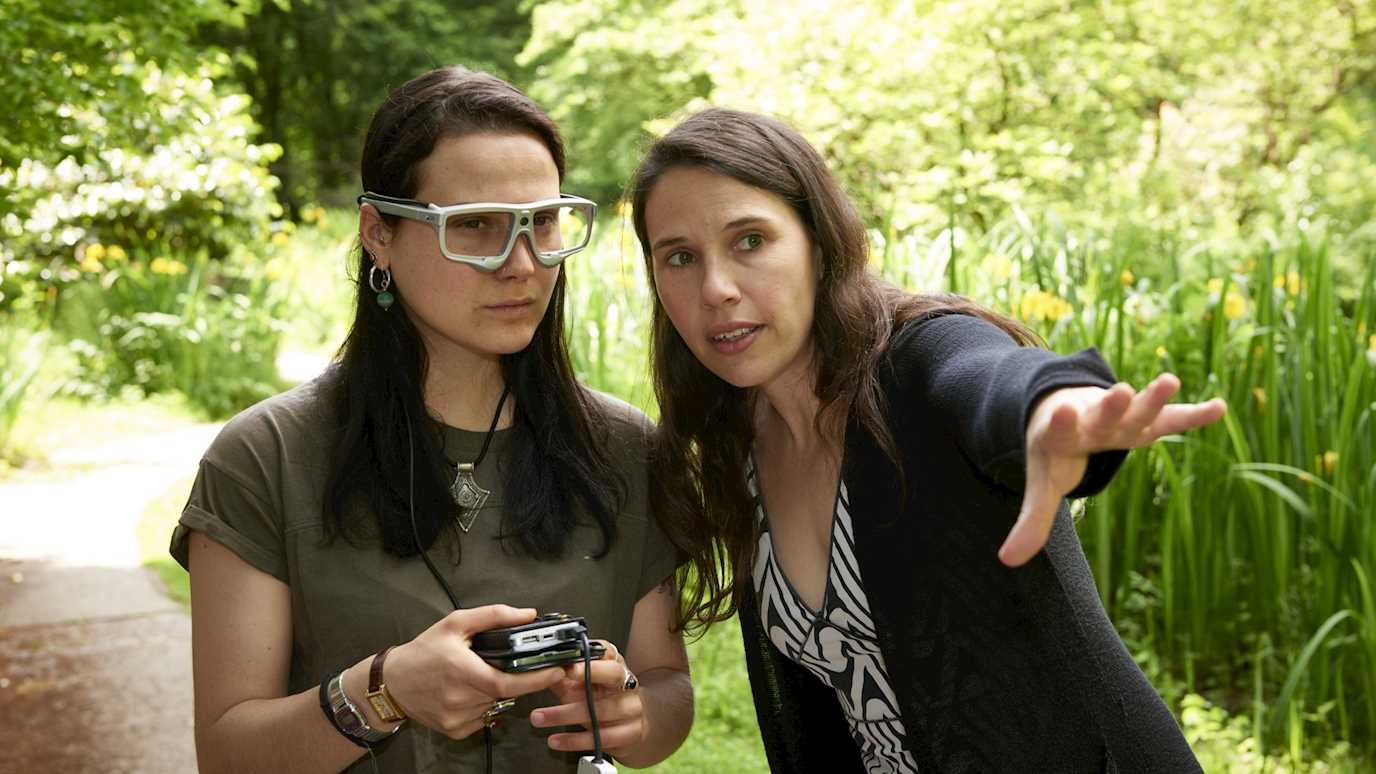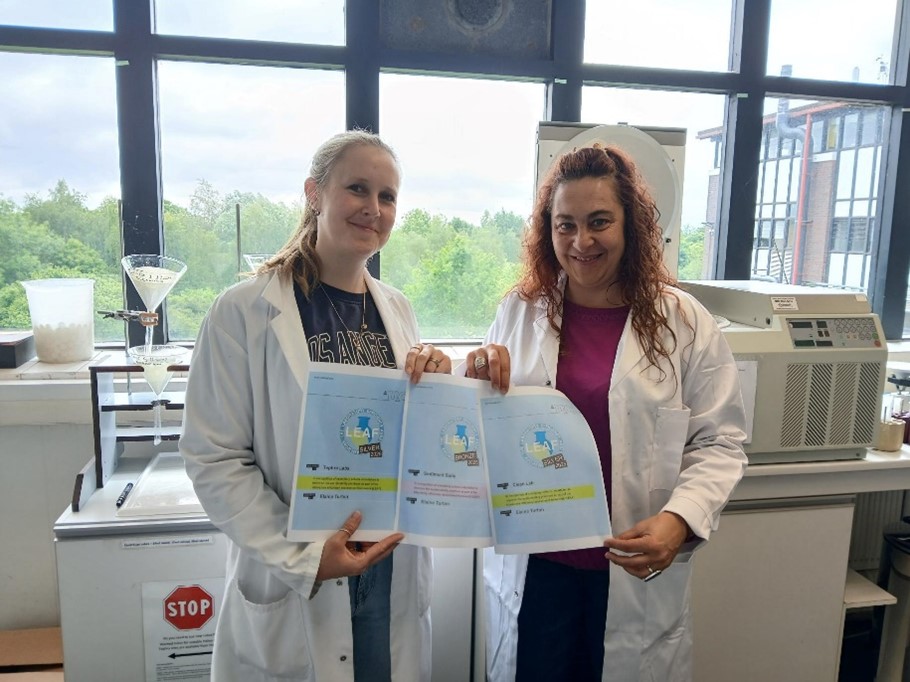The stuffy delegates of Cop30 may seem thousands of miles away in Brazil – but what they are discussing is on our doorstep, says Professor David Simon, a lead author on the IPCC’s Special Report on Climate Change and Cities. Why are our heads in the sand?
How long is it since you last heard the expression “safe as houses”? Its almost total disappearance from use may seem surprising – but I would hazard a guess there might be more to it than changing times.
We are far more vulnerable where we live than many believe. In my work on cities and climate change for the UN, what I have seen time and again is that while people understand – and fear – that climate change will impact the lives of our children, few give pause to think about the shifting ground under their own feet, the places they call home and the very foundations on which they’ve built their lives.
Increasing numbers of homes here and worldwide are being damaged or destroyed – sometimes repeatedly – by flooding and other disasters. The most extreme weather events, such as Hurricanes Katrina (2005) and Sandy (2012) in the USA, Typhoon Haiyan in the Philippines (2013), Hurricane Melissa in Jamaica last month and Typhoon Kalmaegi in Cebu, the Philippines this week, can literally overwhelm entire coastal neighbourhoods, villages or towns, particularly when ferocious winds drive storm surges of several metres that penetrate quite far inland. Indeed, the poorest neighbourhoods of New Orleans, devastated by Katrina 20 years ago in August, have yet to recover.

‘Indeed, the great majority of governments and people now understand that ignoring or denying the harsh realities of climate change is short-sighted and delusional’ - PA Wire
© PA Wire
The UK is not immune. It was only just 10 years ago that York experienced severe flooding, as did areas along many rivers, including the lower reaches of the Thames from Datchet and Wraysbury in east Berkshire towards west London. In 2021, London and other parts of the UK were left underwater as torrential rain triggered Met Office weather warnings, submerging roads and basements in southwest London — then again in 2023 when Hurricane Nigel turned roads into rivers after “monsoon” rain. NASA projections show vast swathes of the capital at severe risk of flooding by 2030.
And the frequency of such flooding is increasing, and its nature is changing. So, how safe is your house? Not very, is the honest answer.
Spring tides and storm surges are occurring from a higher base and thus penetrating further inland. When such events combine with floods coming downstream to major river mouths and estuaries, as well as low-pressure weather conditions, the effects can be severe. They also undermine coastal cliffs and ageing defences with increasing force, as is happening along parts of England’s east coast. The unprecedentedly wet 18-month period from October 2022 to March 2024 (according to Met Office data, England’s wettest since records began in 1836) set another high-water mark.
Upgrading of flood defences generally follows rather than precedes major disasters. Thus, it was only after the severe 1953 North Sea floods, which inundated large areas along the Thames in east-central London and took over 2,000 lives across the UK and the Netherlands, that the Victoria Embankment was greatly extended through the affected area. The Thames Barrier followed later, designed to intercept storm surges up the estuary, but climate change means that a second barrier will soon be required.
The accelerating shift to renewable energy generation – now driven strongly by market forces rather than just environmentalist thinking – represents a critical element of societal transformations towards net zero. The optimal mix of sources and technologies should reflect local conditions and priorities. Recent innovations and research mean that the often-claimed trade-offs (as currently trumpeted by Reform UK) between farming, biodiversity and rural solar power generation can be minimised or even turned into a win-win for farmers, wildlife, food and electricity supply if undertaken at modest scale on poor or moderate-quality agricultural land and in accordance with ecological principles.
World leaders and 50,000 other delegates now gathering in Bélem, Brazil, for COP30, this year’s edition of the annual summit of the UN Framework Convention on Climate Change, will be seeking increased ambition in member states’ voluntary contributions to global emission reduction targets to reach net zero, as well as increased finance to assist poorer countries to cope with and adapt to climate change. Expectations are not high, but there is determination to progress the agenda, even in the absence of President Trump and the US government, which has withdrawn from the Paris Agreement again. Opening the conference, UN Secretary-General António Guterres branded exceeding 1.5C as no less than “a moral failure”.
Indeed, the great majority of governments and people now understand that ignoring or denying the harsh realities of climate change is short-sighted and delusional. To brand climate change as a great hoax, which populist politicians in several countries are claiming, and seeking to reverse mitigation and adaptation measures, is both cynical and dangerous. Indeed, in view of the recent advisory opinion of the International Court of Justice on the obligations of states in respect of climate change, such rhetoric and action may well, in time, come to be regarded as a crime against humanity and, indeed, our planet.
David Simon is Professor of Development Geography, Royal Holloway, University of London, and a lead author on the IPCC’s Special Report on Climate Change and Cities
REF: https://www.independent.co.uk/voices/climate-change-cities-flooding-home-risk-b2860874.html
























